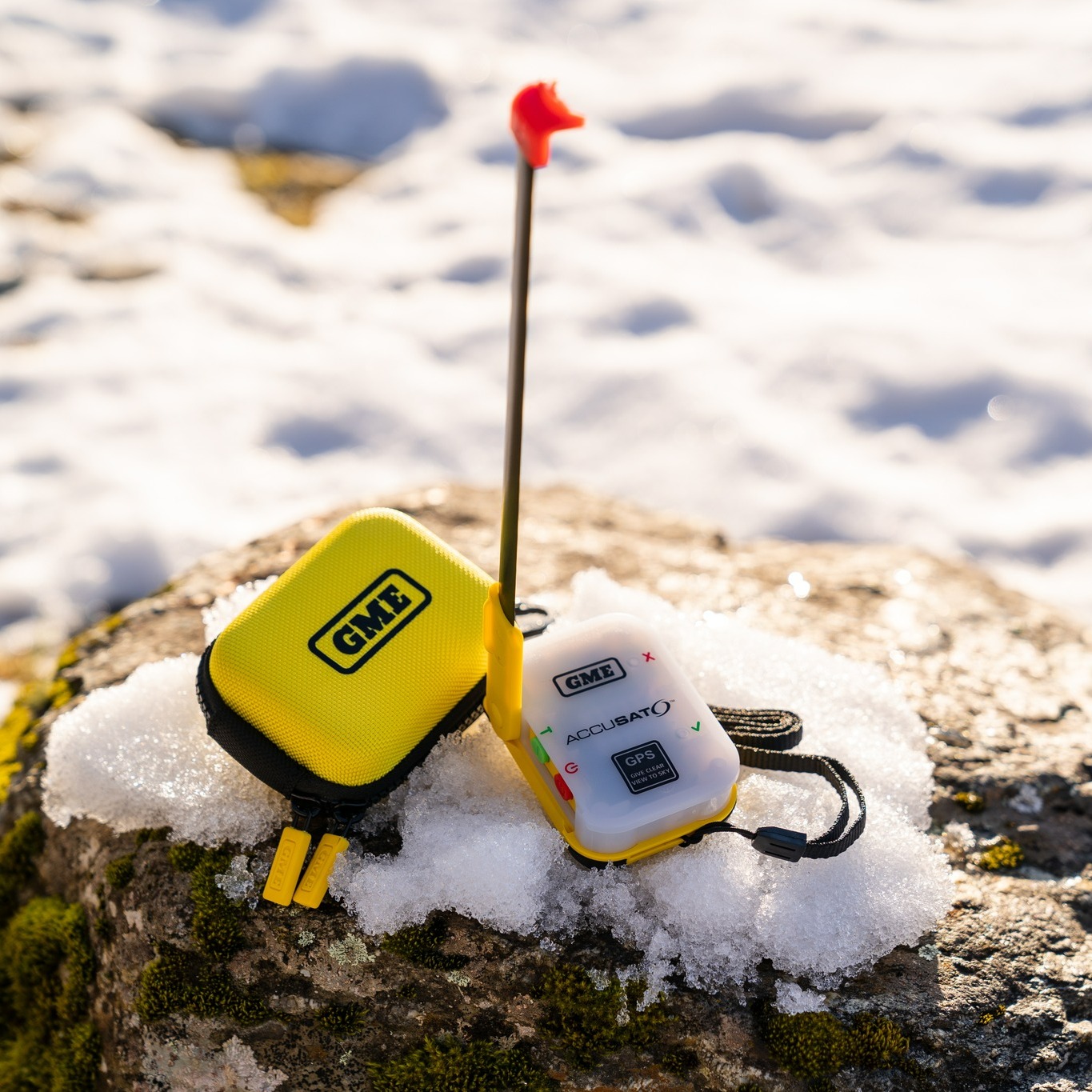On an outdoor adventure, risks are often taken in the pursuit of fun but, sometimes things go wrong. Of course no one goes in expecting a worst case scenario to occur, but you want to have a plan and be prepared if it all does go pear shaped. One way to ensure some safety when you’re on the off beaten track is a personal locator beacon or an emergency position indicating radio beacon.
What’s a personal locator beacon?
A personal locator beacon, commonly known as a PLB, is suitable for land, maritime and air adventures. In comparison to other beacons, PLB’s are small and easy to transport and are typically the size of a mobile phone, which makes them ideal for campers and hikers. They’re designed to be worn and carried which is convenient as a vehicle isn’t required.
Why would I need a PLB?
If you’re travelling to a remote location with little to no signal you’ll want to consider a PLB. Even if you’re in an area with mobile signal, your phone may die or the signal might cut out, so it’s still worth having a plan B in your back pocket.
How about an emergency position indicating radio beacon?
An emergency position indicating radio beacon, abbreviated to EPIRB, is also suitable for land, maritime and air. In most Australian states, EPIRBs are a requirement for boats that travel more than 2 nautical miles from the coast. The main difference between a PLB and an EPIRB is that a PLB is registered to a person and an EPIRB is registered to a vessel.
GME MT610G PLB
The GME MT610G PLB is compact yet none of its safety features have been compromised to create such a small form. It features an integrated 72 channel GPS receiver, high-intensity LEDs and an inherently buoyant design. It requires zero-warm up time and generally delivers a distress signal in less than 15 minutes, with a location accuracy of <150m. The GME MT610G PLB offers an impressive 7-year battery life so you can rest assured that your gear will last the distance.
Why would I need an EPIRB?
Let’s say you’re out past the black stump and one of your mates has sustained an injury and needs medical attention. In most 4X4 areas you’re not going to find any mobile phone reception so with no other way to communicate, a distress signal is going to be your best card to pull. This is where an EPIRB comes in handy. Essentially, it helps search and rescue authorities pinpoint your position by emitting a continuous and distinctive radio distress signal. This goes on for at least 48 hours for an EPIRB. You may have also heard them referred to as distress beacons or emergency beacons.
GME MT600G GPS EPIRB
GME’s MT600G GPS EPIRB is quick and easy to install in any vessel and features a specially designed quick release mounting bracket. Certified by Cospas-Sarsat for worldwide usage, it boasts an incredible 10 year battery life. It has a 66 channel GPS receiver with top mounted Quad helix antenna. What this means is emergency services will be able to locate your beacon much faster and more accurately when compared to non-GPS EPIRBs.
Why choose GME?
GME has over 35 years of experience when it comes to engineering and manufacturing EPIRBs in Australia. This is why GME is at the forefront of developing life saving safety equipment that allows you to feel safe and secure if things take a wrong turn on your next 4X4 adventure. Every year, thousands are rescued around the world with the help of an emergency beacon. More than 50% of rescues here in Australia involve a GME emergency beacon.
Feel safe and secure on your next outdoor adventure with a PLB or EPIRB in tow. Best case scenario, you don’t need to use it at all. However if you do, it could be the very thing that saves you or a loved one’s life.











